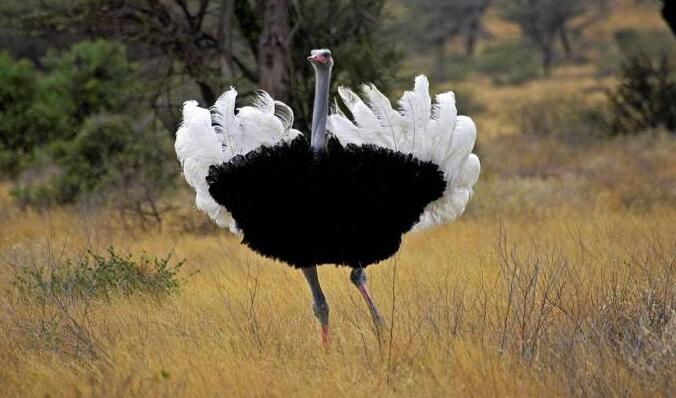Gastroliths make food easier to digest, essentially smashing food up, just as we do when we chew.
胃石讓食物更容易被消化,本質上就是把食物弄碎,和我們咀嚼食物一樣。
Over time, gastroliths inside the animal are ground down and become smooth and rounded.
久而久之,動物體內的胃石也被磨碎了,變得圓滑。
Now, sauropod fossils are commonly found with smooth stones.
蜥腳類動物的化石通常伴有平滑的石頭。
For years we thought these were gastroliths.
多年來我們都以為這些是胃石。
They looked just like gastroliths and were found in the area of the sauropods' stomachs.
它們看起來就像是胃石,也是在蜥腳類動物的胃部找到的。

A recent study measured the gastroliths in modern animals, in ostriches.
最近一個研究中,人們測量了現代動物體內的胃石——鴕鳥體內的胃石。
And the study showed that ostriches need to ingest about one percent of their total body weight in gastroliths.
研究表明,鴕鳥需要吞下的胃石重量達到體重的百分之一。
But we have been able to determine that the stones found with sauropods totaled much less proportionally, less than a tenth of one percent of their body weight.
但我們確定了,蜥腳類動物內發現的石頭總重量所占比例要低得多,低于體重的千分之一。
So now we are not quite sure what these sauropods' stones were used for.
所以現在我們不肯定這些蜥腳類動物的石頭到底有什么用。
It could be they were accidentally ingested as the sauropods foraged for food, that they served no real purpose.
有可能蜥腳類動物只是把它們錯當成食物吞下了,這些石頭其實并無用處。
Other researchers speculate that sauropods ingested these stones as a source of some the minerals they needed, such as calcium.
另外一些科學家猜測,蜥腳類動物吞下這些動物以攝取一些所需礦物質,如鈣質。
So the original hypothesis that the stones found with sauropods were gastroliths, even though it hasn't been supported, has helped us to make new hypotheses, which may eventually lead to the answer.
那么,即使最初的假說(即和蜥腳類動物一起發現的石頭是胃石)沒有證據支持,它也幫助我們建立了新的假說,可能最后會得出答案。










